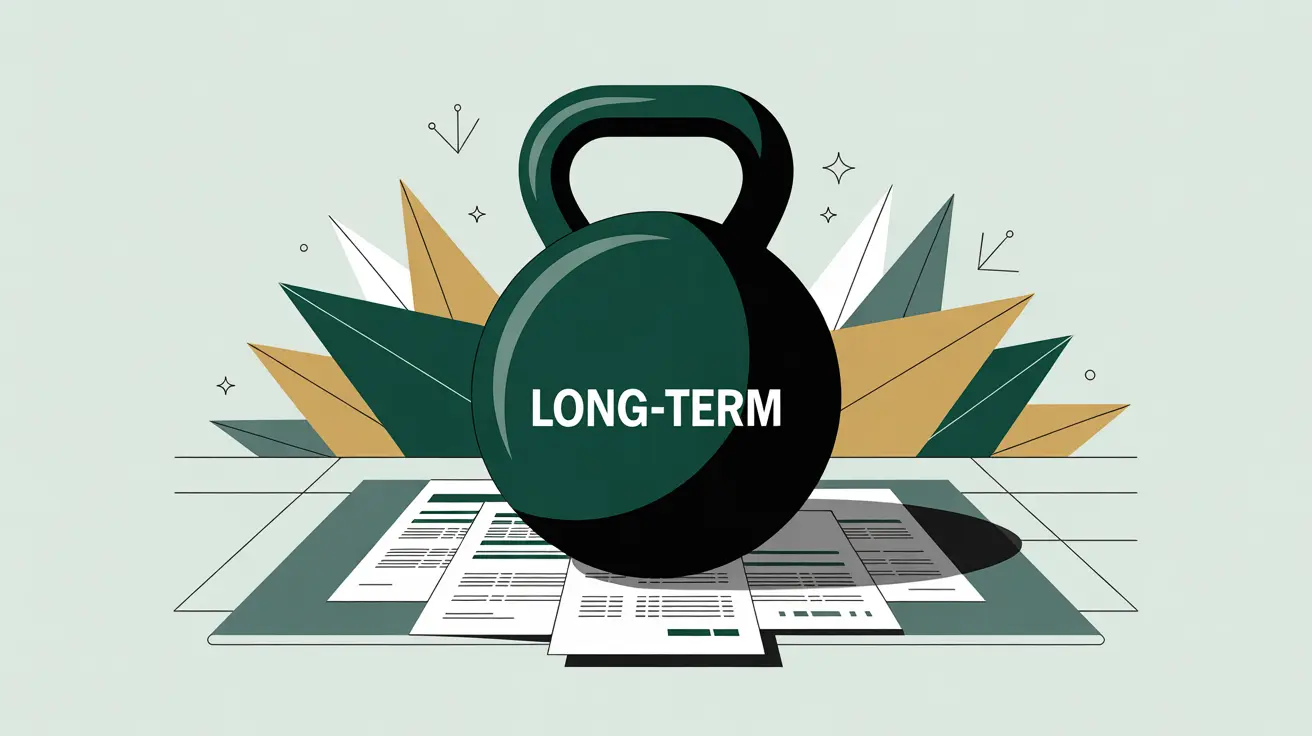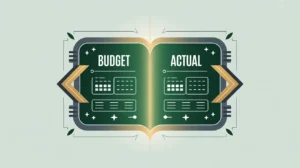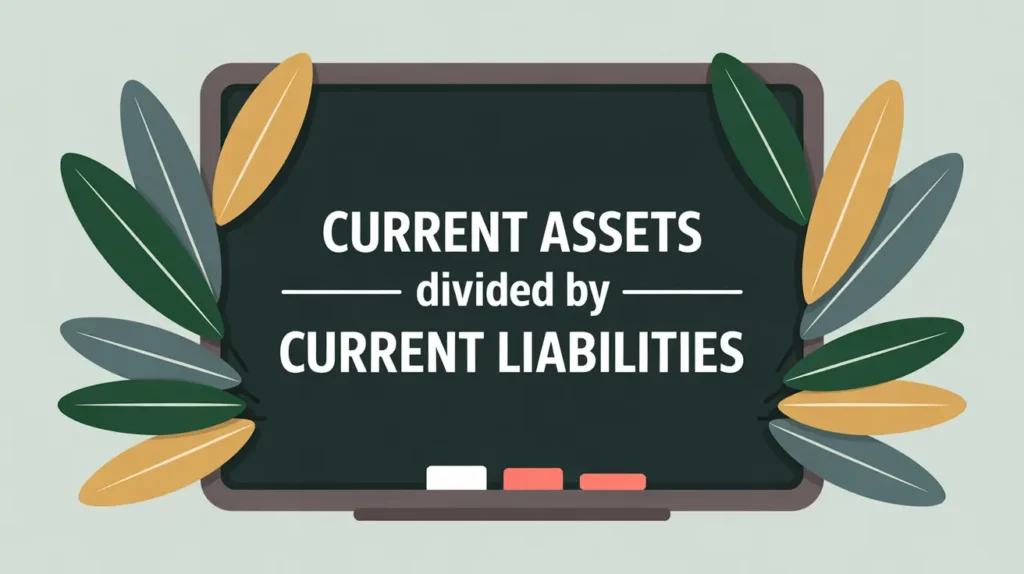Importance of Non-Current Liabilities
Non-current liabilities, also known as long-term liabilities, are essential for understanding a nonprofit’s long-term financial commitments. They represent obligations that extend beyond one year and often support strategic investments in infrastructure, growth, or program delivery. For nonprofits in social innovation and international development, these liabilities matter because they enable organizations to secure facilities, finance technology systems, or expand operations in advance of receiving donor funding. At the same time, they require careful monitoring, as high levels of long-term debt can create risks if future revenues are uncertain. Boards, funders, and regulators evaluate non-current liabilities to assess whether an organization is managing its future obligations responsibly while safeguarding mission sustainability.
Definition and Features
Non-current liabilities are defined as obligations not due within the next 12 months or the nonprofit’s normal operating cycle. They typically include long-term loans, bonds payable, lease obligations, pension and benefit commitments, and portions of grants or contracts that extend beyond a year. These liabilities are recorded on the Statement of Financial Position after current liabilities. They differ from short-term obligations such as accounts payable or accrued expenses, which require settlement within one year. Non-current liabilities often involve contractual terms, interest payments, and covenants that must be disclosed in the notes to the financial statements.
How This Works in Practice
In practice, nonprofits use non-current liabilities to finance long-term investments that strengthen capacity. For example, an organization may take out a 15-year mortgage to acquire a training center, or a global NGO may secure a multi-year loan to finance technology infrastructure. Finance teams separate the portion of these debts due in the current year (classified as current portion of long-term debt) from the remaining balance recorded as non-current. They track repayment schedules, monitor compliance with loan covenants, and integrate debt obligations into multi-year budgets. Strategic planning around non-current liabilities ensures that debt service does not crowd out funding for programs and that commitments align with anticipated revenue streams.
Implications for Social Innovation
For nonprofits in social innovation and international development, non-current liabilities reflect a balance between risk and opportunity. They allow organizations to invest in infrastructure and growth that would be difficult to fund with short-term grants alone. However, they also create long-term financial commitments that require stable and diversified revenue streams to manage responsibly. Transparent reporting of non-current liabilities reduces information asymmetry by showing stakeholders the full scope of future obligations, not just immediate ones. Donors and boards use this information to evaluate sustainability and risk exposure, while communities benefit when strategic borrowing strengthens long-term capacity. By managing non-current liabilities prudently, nonprofits demonstrate foresight, accountability, and commitment to building enduring impact.







